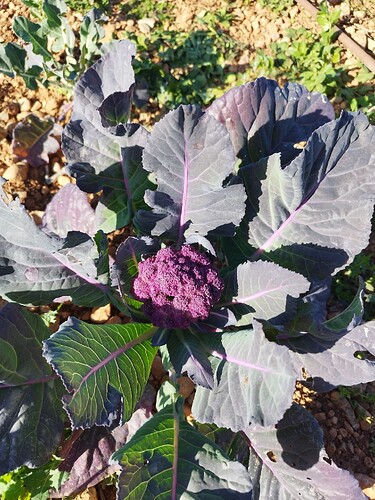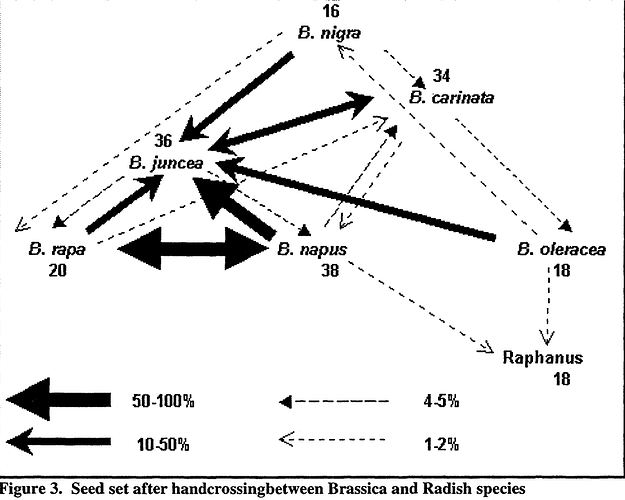These are my starting seeds.
I got three types of broccoli, violet de sicilie, green calabrese natalino, cezar. One purple and two greens. One of the greens broccoli got the shots very different from the other one.
I got two kohlrabi, purple and green one. One Brussels sprouts, some seeds from a cabbage, and a green kale nero di toscana.
These are the plants from spring 2023. There are a lot scattered all over the garden
Some of the broccoli already gone to seed. I think I am a bit late to get the seeds, some of them already shred the pods, It looks like a bird or a snail ate the pods, it is normal? When I checked the seeds looked immature and soft but nature did not think the same.
These are the newer plants from autumm 2023
These are the new plants for “feel like spring” winter 2024

I have noticed that the brassica plants once established are very robust, they have been without water a long time and the plants have not dry up. It happened the same with the seedlings, they did not dry up on me, even without water for more than a week.
So I am looking forward to them this year too. One thing that I want to increment is the number of broccoli heads, in terms of more plants, or creating a broccolish variety that make a lot of side shouts or florets to eat while the plant is still growing, like getting leaves from the kale.






























